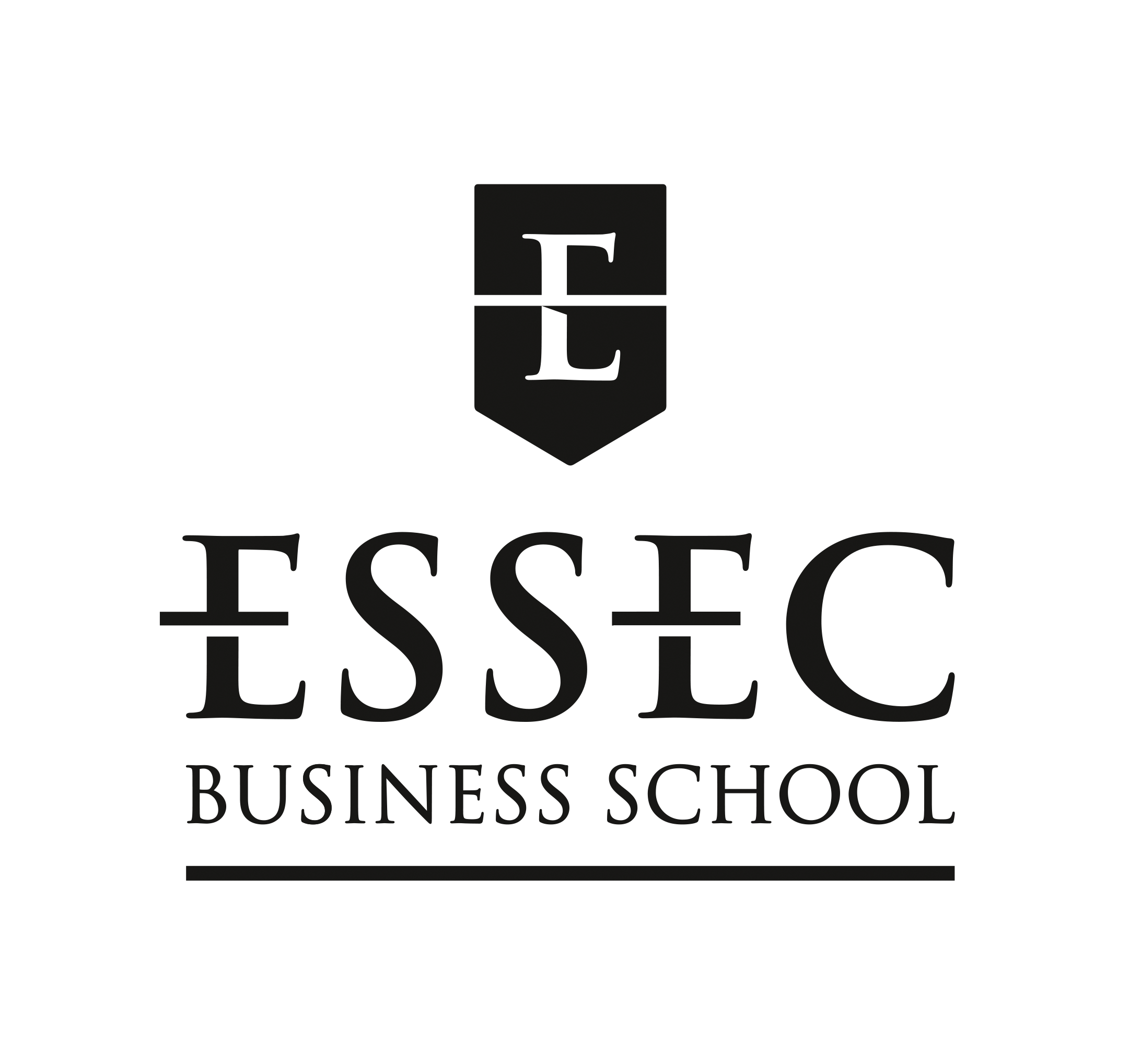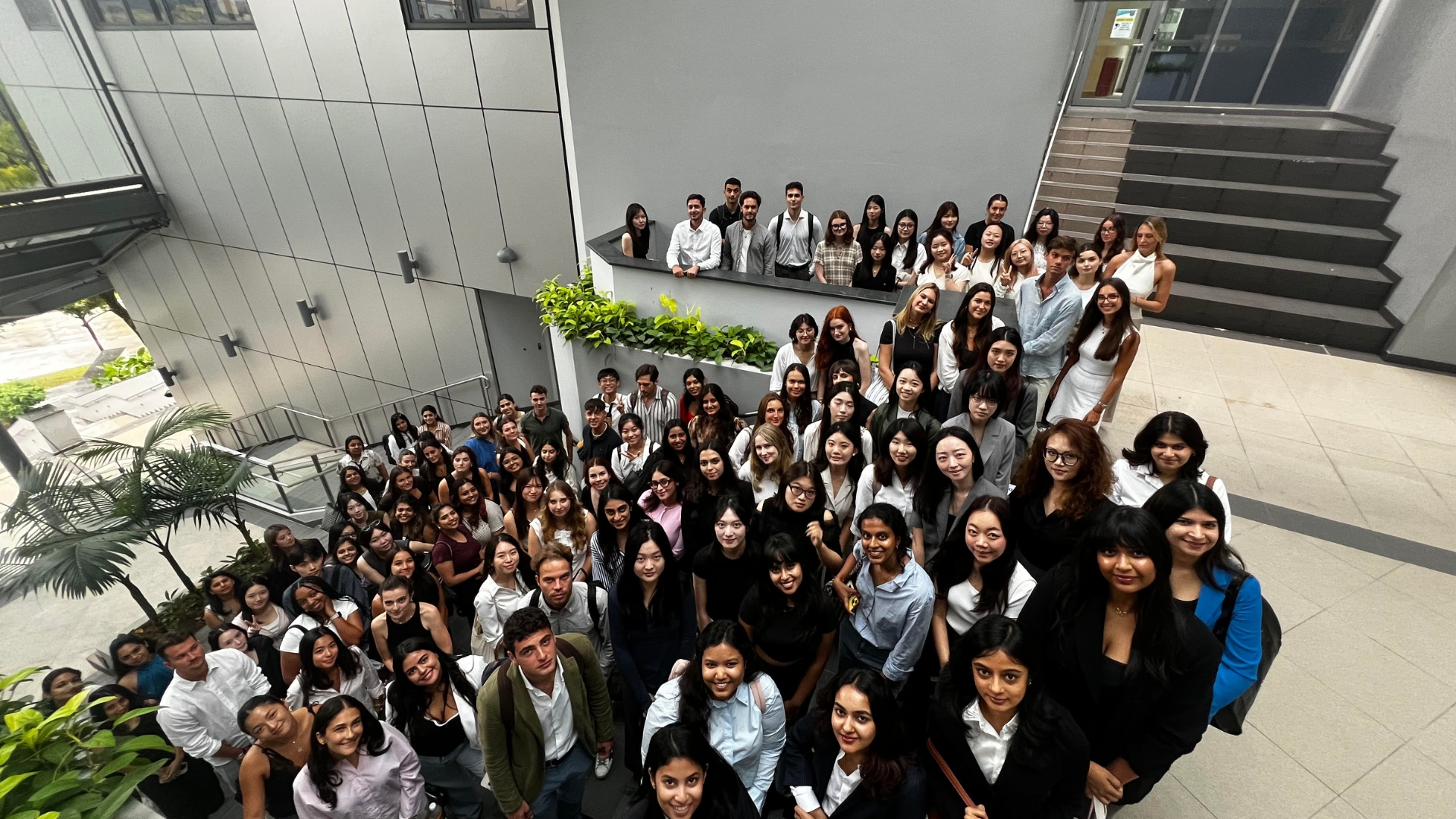This week, we will examine the curious world of cover letters. Bart Turczynski, a career expert, once said: “Most recruiters don’t read cover letters. But at the same time, half do expect to get one. Strange, right?”
Unfortunately, writing a good cover letter and sending it with your résumé is still important unless the company explicitly tells you otherwise.
Traditionally, the cover letter is a one-page document sent in an envelope with a résumé. When the documents are extracted from the envelope, being on the top page means that the cover letter stands a higher chance of being read.
Better Do Than Don’t
It has become an afterthought for hiring managers in the digital world. Most recruiters will read the résumé first. If the résumé is attractive, they may or may not look at the cover letter.
The cover letter is usually a separate PDF file and takes extra effort to open and review. According to Jobvite data, only 26 percent of recruiters consider a cover letter necessary.
This does create a dilemma for job seekers. A cover letter is a wasted effort most of the time. You must include a high-quality cover letter because you have yet to determine when the recruiter will value a cover letter or risk losing 26 percent of the opportunities.
With some practice, you can learn to craft a targeted cover letter for each role in 10 to 15 minutes. This will be a topic for the next career tip.
Email as a Cover Letter
In addition to the PDF cover letter, another type of “cover letter” gets read more often. If someone asks you to send your résumé to them in an email, you should treat the email body as a cover letter.
The recipient will likely read or at least glance at the text of the email before opening the résumé file.
Unless you are very familiar with the recipient, take the opportunity to tell them who you are formally, why you are interested in the company, the role, or both, why you are a good fit, and a call to action.
In some ways, an email is like the original cover letter in an envelope; it is hard not to read it because it is the recipient’s first sight.
Conclusion
To recap, most cover letters never get read. However, it is still essential to include a good, targeted cover letter as part of the application unless specifically told to exclude it.
If you send your résumé to someone in an email, treat the text of the email as a cover letter. Next week’s tip will discuss the format and some dos and don’ts.
Learn more about developing a winning résumé, building a solid network, and other insights on professional growth from our regular Career Tips series.
RELATED POSTS
Building a Personal Brand While You Study
How students use LinkedIn, blogging, or speaking engagements to stand out.
Finding Your Fit: How ESSEC Asia-Pacific Career Services Help Global BBA Students Build Meaningful Career Paths
As Manager of Career Services at ESSEC Asia-Pacific, Cerella Sim draws on over a decade of recruitment experience to help Global BBA students…
Success After Graduation: Alumni Job Outcomes in Asia
ESSEC Asia-Pacific's Global Bachelor of Business Administration (GBBA) program effectively prepares students for successful, globally-focused…
What I Learned from Failing My First Job Application
First rejection taught ESSEC alumna Medha Thakkar that career setbacks spark growth, leading to resilience, networks, and unexpected opportunities.
Career Success Through the ESSEC Global BBA
ESSEC's Global BBA transforms students through immersive professional experiences, international mobility, and real-world learning opportunities…
The Asian Etiquette Guide for ESSEC Asia-Pacific Students
Asian business etiquette translates cultural awareness into competitive advantage through respectful greetings, proper hierarchy navigation, and…








